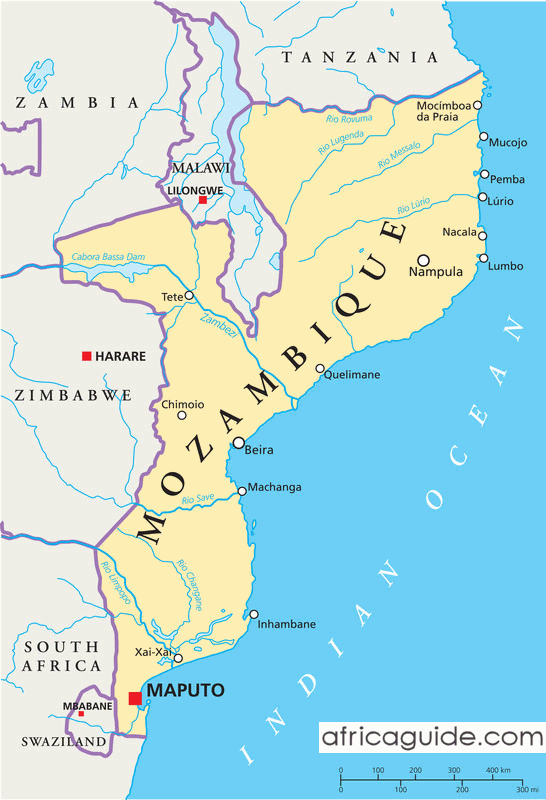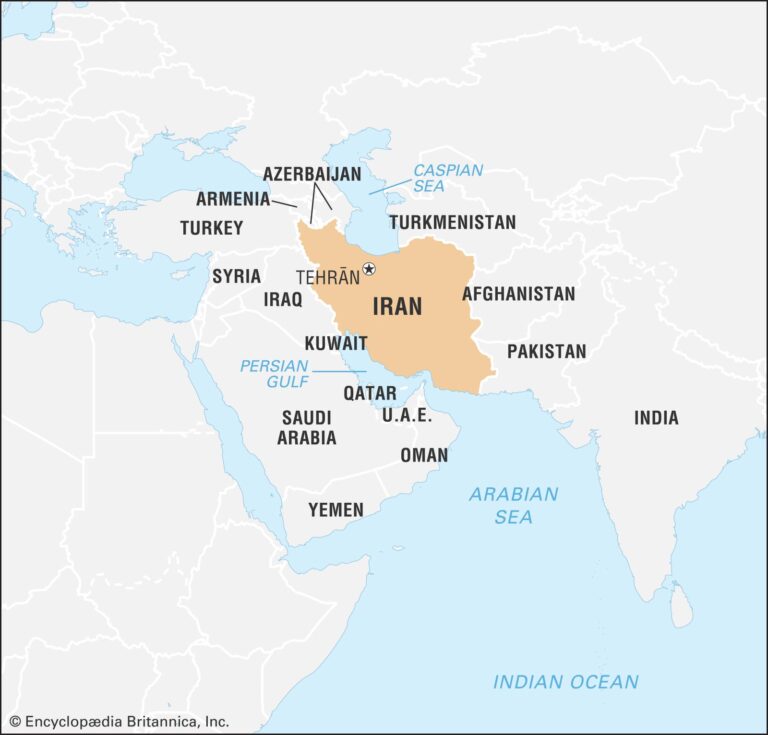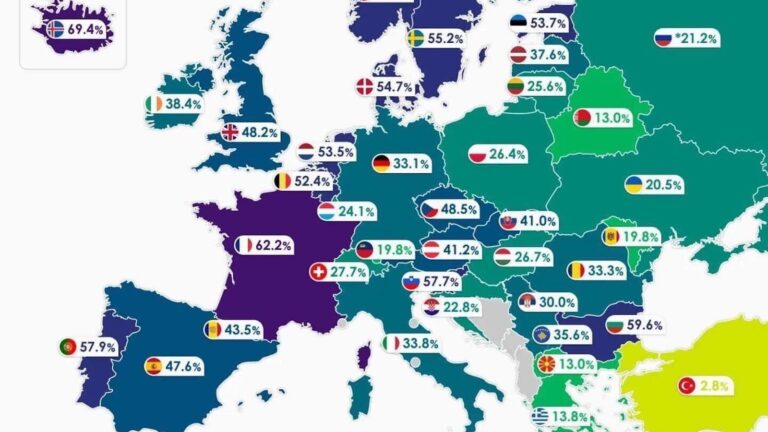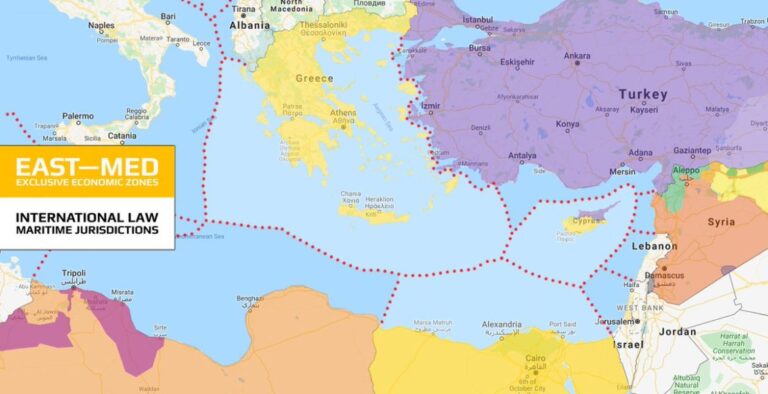Mozambique Neighbouring Countries and Southern African Map

Neighbouring Countries of Mozambique
Mozambique, perched along the coast with its diverse array of neighbors, reflects a fascinating blend of influences that can affect anything from politics to economics.
Overview of Bordering Nations
Tanzania’s up north, while South Africa and Eswatini (Swaziland) line up to the south and southwest. Look westward, and you’ll see Zimbabwe, with Zambia and Malawi sharing the northwest line (Britannica). This mix of neighbors sets the stage for an exciting blend of trade, migration, and cultural happenings.
| Country | Direction |
|---|---|
| Tanzania | North |
| South Africa | South |
| Eswatini | Southwest |
| Zimbabwe | West |
| Zambia | Northwest |
| Malawi | Northwest |
Importance of Neighbouring Countries
Mozambique’s spot on the map and its natural goodies do make it a prized buddy for its neighbors. Places like Zambia, Malawi, and Zimbabwe lean on Mozambique’s seaports to get their goods out to the world.
The social and economic bonds have led to nifty projects. A standout? The East Africa Girls’ Empowerment and Resilience Regional Project that helps almost half a million Mozambican girls, showing how folks come together across borders (World Bank).
Understanding Mozambique’s neighbors isn’t just about geography. It paints a picture of regional opportunities, strategic flashes and teamwork that propel communities forward. Want more on how this all works? Check out these regional neighbor interactions with Malawi and Tanzania.
Land Borders of Mozambique
Exploring the land borders of Mozambique shines a light on its geographical ties and political relations with nearby countries. This section zooms in on the borders Mozambique shares with Swaziland (Eswatini) and Tanzania.
Sharing Borders with Swaziland
Mozambique hugs Swaziland with its southern border. It’s not the longest border around, but it sure packs a punch when it comes to trade and travel. Nestled between Mozambique’s southern stretch and the lands of Swaziland and South Africa, this border is a bustling junction in the region (Britannica).
Border Facts:
- Length with Swaziland: 108 km
- Main Crossing Spot: Namaacha
The bond between Swaziland and Mozambique is camaraderie embodied, with trade and socio-economic goals at its heart. It’s a pathway for goods and folks, helping both economies chug along. Plus, it’s vital for keeping the region safe and its environment in check. Want to dig deeper into Mozambique’s neighborly ties? Check out the connection with South Africa.
Common Boundaries with Tanzania
To the north, Mozambique rubs shoulders with Tanzania over a stretch longer than a marathon, over 750 kilometers. This border spells out friendship and cooperation, with plenty of crossings for bustling trade and smooth human traffic.
Border Facts:
- Stretch with Tanzania: 756 km
- Major Crossing Points: Namoto, Kilambo, and Negomano
It’s not just borders and roads; Mozambique and Tanzania work hand-in-hand in trading, farming, and building stuff. This zone is a tapestry of nature, with rivers and hills that sculpt the landscape and influence how goods shuffle between countries. Curious about Mozambique’s geographic spectacles? Peek at the Geography of Mozambique.
Border Length Table
| Country | Border Length (km) |
|---|---|
| Swaziland | 108 |
| Tanzania | 756 |
Mozambique’s borders, especially those drawn with Swaziland and Tanzania, are like puzzle pieces in the big picture of its relations. If you’re keen on the sea’s contribution to Mozambique’s story, sail over to our Maritime Boundaries.
Land and Maritime Boundaries
Mozambique has some interesting borders, both on land and sea, that affect how it interacts with its neighbors. They share these boundaries with Malawi, Zambia, and vast stretches along the Indian Ocean.
Bordering Malawi and Zambia
Mozambique rubs shoulders with Malawi and Zambia through some pretty lengthy borders. That line with Malawi stretches out to about 1,569 kilometers, and with Zambia, it’s around 419 kilometers. These aren’t just lines on a map; they’re sprawling paths for trade, culture, and friendships.
| Country | Border Length (km) |
|---|---|
| Malawi | 1,569 |
| Zambia | 419 |
These borders play some important roles in day-to-day life:
- Economic Buzz: With trade routes like the Nacala Corridor in action, Mozambique, Malawi, and Zambia aren’t just neighbors; they’re trading buddies, connecting goods and services seamlessly.
- Cultural Melting Pot: Where Mozambique ends and these countries begin, there’s a medley of cultures, stories, and family links that have intertwined over time.
Interested in more about this neighborhood? Check our other article about Malawi neighboring countries.
Maritime Claims of Mozambique
Out on the open sea, Mozambique commands a dazzling stretch of the Indian Ocean called the Mozambique Channel. It’s not just about living by the water, but owning rights to an expansive 200 nautical mile Exclusive Economic Zone (EEZ), as recorded by Britannica. This EEZ isn’t just about the pretty horizon; it’s packed with natural riches and routes for navigation.
| Maritime Boundary | Description |
|---|---|
| Exclusive Economic Zone (EEZ) | 200 nautical miles off the coast |
Mozambique’s coastal neighborhood includes Comoros, Mayotte, and Madagascar, separated by the Channel. Here’s what’s cooking in these waters:
- Sea Critters Galore: It’s like an underwater safari with all the marine life hanging out here. This makes it an ecological hotspot for conservation and sustainable fishing.
- Sailing Adventures: It doesn’t hurt that this channel is a biggie for global shipping lines. That way, Mozambique gets some major street cred on the world stage.
For a deeper dive into maritime boundaries, take a peek at our piece on Madagascar neighboring countries.
These land and maritime borders are more than just limits; they are gateways affecting trade, culture, and even the environment. Knowing all about them gives you a better grip on why Mozambique holds such an important card in the Southern African deck.
Geographical Features of Borders
Mozambique’s tucked away in southeastern Africa, where its borders are shaped by the Indian Ocean and some impressive peaks and valleys.
Stretching Along Mozambique’s Coastline
Imagine a coastline so long, it reaches 2,470 kilometers (that’s about 1,535 miles) of sandy beaches along the Indian Ocean (Wikipedia). This isn’t just a pretty spot—it’s Mozambique’s natural frontier and a booming econo-hub. The Indian Ocean is the other side of the Mozambique Channel—a major waterway hugging Madagascar’s west coast.
Think of all the marine critters flitting around, plus the fishing, the tourists, and those bustling ports. Mozambique’s sea rights stretch 12 nautical miles out, plus there’s an economic zone spanning 578,986 square kilometers, which is like a giant chunk of ocean stretching 200 miles from shore.
| Feature | Measurement |
|---|---|
| Coastline Length | 2,470 km (1,535 mi) |
| Territorial Sea | 12 nautical miles (22 km) |
| Exclusive Economic Zone | 578,986 km² (223,548 sq mi) |
Peaks and Valleys: Highs and Lows
From sea level to mountain peaks, Mozambique’s land goes up and down quite a bit. At the top, we have Monte Binga, and at the base, well, there’s the Indian Ocean.
Monte Binga
- Highest Elevation: 2,436 meters (7,992 feet)
- Snuggled on the border with Zimbabwe
Lowest Point
- Elevation: Sea level
- Right where the land meets ocean waves
Monte Binga isn’t just the highest peak around at 2,436 meters (7,992 feet), it’s perched beautifully where Mozambique shakes hands with Zimbabwe. Sitting in the Chimanimani Mountains, it’s a rugged place with views you won’t forget.
| Elevation Point | Measurement | Location |
|---|---|---|
| Highest Point | 2,436 m (7,992 ft) | Monte Binga |
| Lowest Point | Sea level | Indian Ocean coastline |
Hugging the sea at zero elevation, Mozambique thrives on maritime activities and is a haven for all things marine, with biodiversity to prove it.
These borders aren’t just lines on a map; they’re the lifeblood of Mozambique’s natural treasures and economic pulse. Hungry for more? Discover the ins and outs of Malawi’s borders and Madagascar’s neighboring tales. 🍃
Natural Resources and Water Bodies
Getting to know Mozambique’s natural resources and water bodies is key if you want a real sense of its ecology and geography. Thanks to its renewable water supplies and varied water landscapes, Mozambique’s environment is rich and crucial not just to the land itself but for the folks living there as well.
Fresh Water Galore
Mozambique is like a water treasure chest, boasting 217.1 cubic kilometers of fresh, renewable water. That’s a lot more than most places in the region. This abundance is great news for local ecosystems and means plenty of water to sustain livelihoods around.
| Resource Type | Volume (km³) |
|---|---|
| Renewable Water Resource | 217.1 |
This wealth flows through many river systems—Zambezi, Limpopo, and Rovuma, just to name a few—keeping fields green and agriculture thriving.
Mozambique’s Watery Wonders
Mozambique isn’t just rivers. We’re talking about a coast that stretches a jaw-dropping 2,470 kilometers along the Indian Ocean. This long coastline is more than just a pretty picture; it’s home to a vibrant marine life and key to the fishing and maritime trade scene.
Mighty Rivers
- Zambezi River: Africa’s fourth-longest river runs through Mozambique, feeding farms and buzzing with energy for power.
- Limpopo River: Starting out in South Africa, it flows across Mozambique, helping out farmers by providing vital irrigation.
Coastal and Marine Goodies
Mozambique’s coast is peppered with natural harbors and estuaries, making it a player in the Indian Ocean’s trade scene (Britannica). Think of it like the country’s bread and butter for trade, fishing, and tourism.
Interested in how Mozambique chums up with its neighbors? Check out who’s next door with madagascar neighboring countries or malawi neighboring countries.
Taking stock of these natural blessings paints a clear picture of Mozambique’s ecological bounty and how they play out in the grand scheme of its geography and economy.
Demographics and Language
Peeking into the demographics and language scene in Mozambique reveals heaps about the country’s cultural treasure chest and how its people tick.
Population of Mozambique
Fast forward to 2024, and hey, Mozambique’s got around 34,777,605 folks living it up. A bunch more than the previous year’s number – like a 2.96% jump up from 2023 (Wikipedia). Most of the people there are Bantu, and they bring a party of different traditions and vibes.
| Year | Population | Population Increase (%) |
|---|---|---|
| 2023 | 33,806,205 | 2.96% |
| 2024 | 34,777,605 | 2.88% |
Loads of young folks, under 25, fill up the streets, and it’s both a bonus and a puzzle for the country’s growth plan.
Official Language and Ethnic Groups
In Mozambique’s chatter, Portuguese rules the roost, thanks to old colonial tales, and is a big deal, especially where the skyscrapers reach for the skies. But that’s not all—there’s a whole other world of languages, turning the country into a tapestry of ethnic wonder. Here’s a quick peek at some local tongues:
- Tsonga
- Makhuwa
- Sena
- Chichewa
- Swahili
Bantu people dance through Mozambique’s history with colorful heritage, dishing out a spicy mix of traditions and languages. This wild mix is like the secret spice that gives a kick to Mozambique’s social stew.
Got a thing for diving into African wonders? Check out cool reads on madagascar neighboring countries, malawi neighboring countries, and mozambique neighboring countries.



